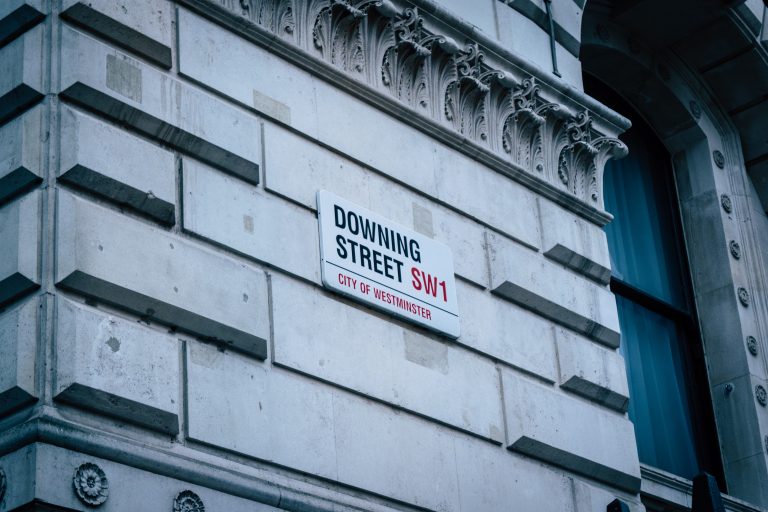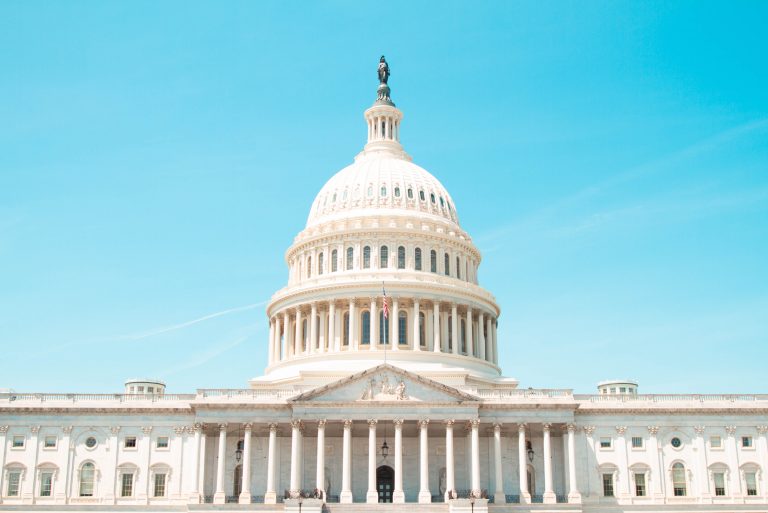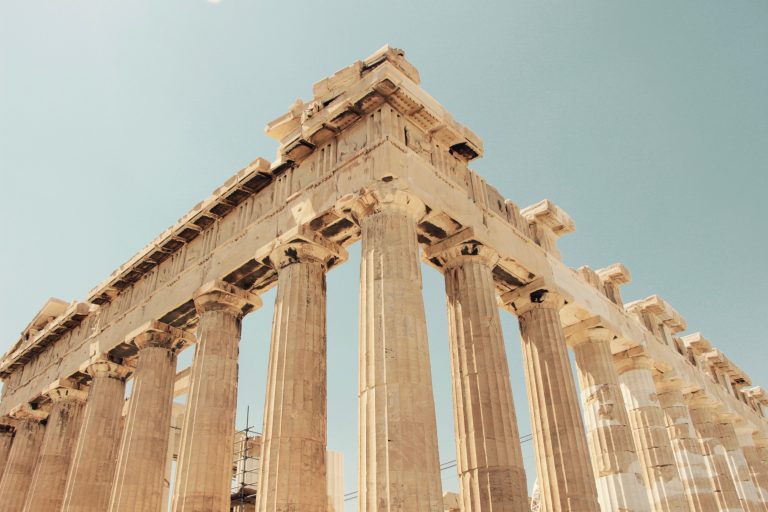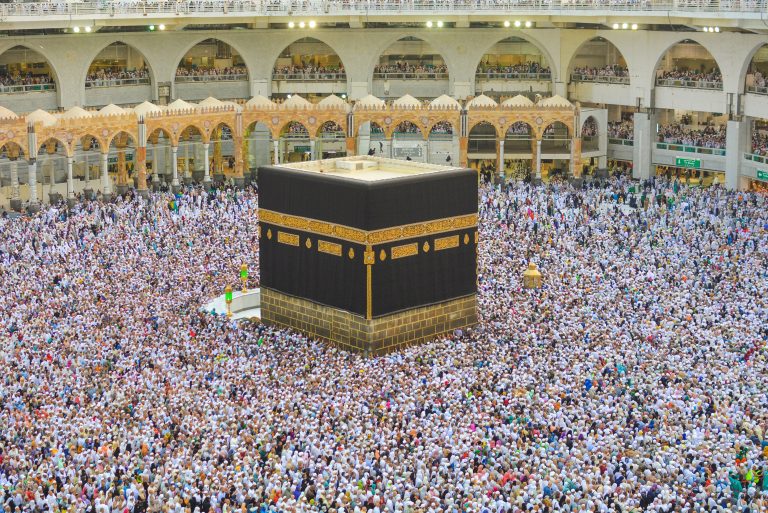 |
International air travel has opened up the world to seeing new places and experiencing new things some people couldn’t have imaged 100 years ago. Now we can just hop on a plane and go anywhere. Well, almost anywhere.
There are certain places where no aircraft can fly over for various reasons and many of these have been named no-fly zones. No-fly zones can be established a multitude of special reasons from religions to environmental to historical or even political. Let’s explore these places and why you’re unable to fly over them.
1. Disney Parks
As picturesque as it would be to look out the window and see those magical castles from above, unfortunately, we’ll never get to. After 9/11, several tourist attractions amped up their security to ensure guest safety, including Disney Parks. No aircraft can fly within 3,000 feet of Walt Disney World in Florida or Disneyland in California. Initially, it was a temporary ban that became permanent in 2003. Granted, it would be strange to see any plane flying that slow near the parks anyway.
2. UK’s Downing Street
Known as the home to the UKs serving Prime Minister, Downing Street is one of the most important streets in the country. Special permission is required to get in even on the ground, it makes sense for aircraft to be banned as well from flying the length of it. Three other locations in Britain to add to the list are Houses of Parliament, Buckingham Palace, and Windsor Castle.
3. Washington DC
While it’s still not a state, the airspace above the District of Columbia is one of the most restricted places in the world. After 9/11, the FBI and Homeland Security created concentric circles of no-fly zones. Even the otter ring, known as the Air Defense Identification Zone, requires any entering aircraft to identify themselves. A smaller area of 15 nautical miles around Reagan International Airport is a Flight Restricted Zone. Given the sheer amount of federal agency headquarters, political figures, and historical significance in the area it’s no wonder these precautions are continued to be taken seriously. How seriously you might ask? In 2005, a Cessna 150 flew just five miles from the White House and was met with an F-16 dropping flares to signal the infraction.
4. Machu Picchu
The cultural and historical significance of Peru can’t be overstated much as the pure amount of unique wildlife and plant life that grow there can only be found there. An airport is currently still under construction called the Chinchero Airport but is highly opposed by historians and activists alike because of the fragile ecology and Inca ruins.
Currently, aircraft is banned from flying over the region. This is to keep the area clear of as much pollution as possible. But also, should a plane crash or require an emergency landing, it would cause irreparable and lasting damage to the ecosystem.
5. Parthenon
Interestingly enough, you are able to fly over the Parthenon. You just can’t get closer than 5,000 feet above it. This way, the historical wonder is kept protected. This regulation is similar to that of Machu Picchu in preserving the building from any unknown circumstances that could affect the structure.
6. Mecca.
An incredibly significant historical and religious site, no passenger aircraft is allowed to fly over Mecca, especially the Holy Kaaba. The site is the destination of the Hajj pilgrimage and a center of Islamic faith. There is a rule and tradition of keeping Mecca a Muslim population, non-Muslims can face a fine and deportation from the city. Should passengers or pilots fly over the city, they could face the fines and repercussions as well.
All of these places are still interesting, no matter if you’re able to fly over them or not. Sometimes it’s better to view things from the ground to truly experience them than high in the sky. That doesn’t mean you should be grounded all the time, though.







No comments:
Post a Comment